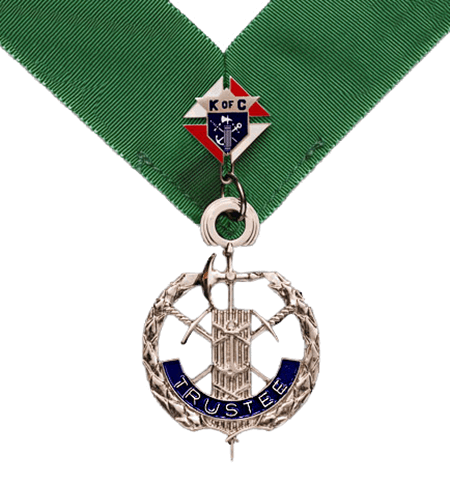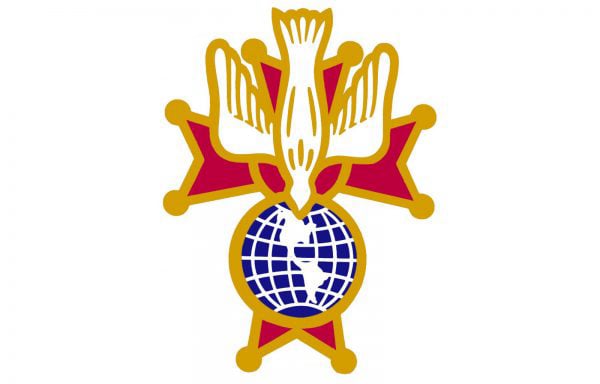Jewels & Emblems Explained

Grand Knights Jewel
THE GRAND KNIGHT — The Anchor, indicative of Columbus, the Mariner. The anchor has also been a variant form of the Cross for centuries.

Chaplains Jewel
CHAPLAIN — Isabella Cross in silver and blue. Self explanatory.
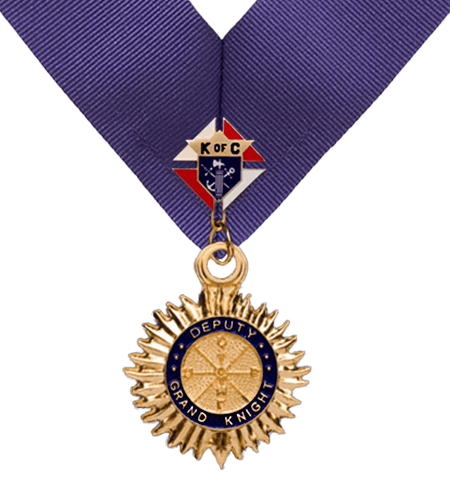
Deputy Grand Knights Jewel
THE DEPUTY GRAND KNIGHT — The Compass. Also used by Columbus, the Mariner. (The Knights of Columbus Compass is known as the Compass of Virtue, its 32 flame-like rays representing the 32 virtues which may be possessed by men.)
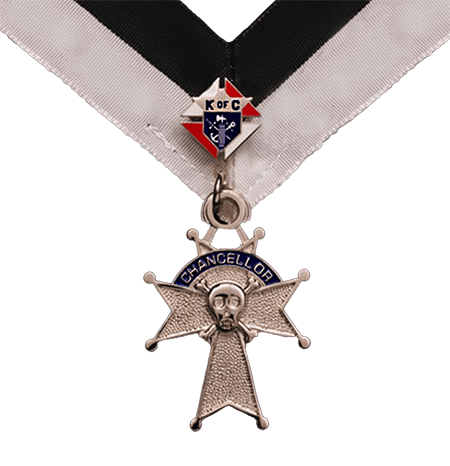
Chancellors Jewel
THE CHANCELLOR — The Isabella Cross, with Skull and Crossbones. The cross is self-explanatory while the skull and crossbones are symbolic of man’s
mortality.
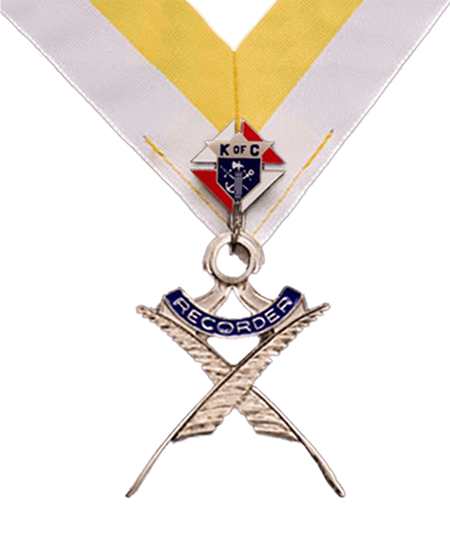
Recorders Jewel
THE RECORDER — Crossed quills. Symbolic of his responsibilities for letter and document (records) writing and preservation.
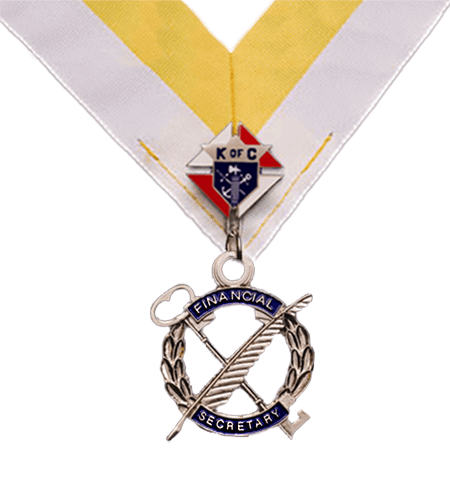
Financial Secretarys Jewel
THE FINANCIAL SECRETARY — Crossed key and quill. The key has always been associated with an officer concerned with money, safe-keeping and secrecy. The quill is the symbol of a “scribe” — a record-keeper — one who writes letters, documents, etc.

Treasurers Jewel
THE TREASURER — Crossed Keys. Symbolic of his complete authority over funds (money), particularly responsible for its safekeeping.
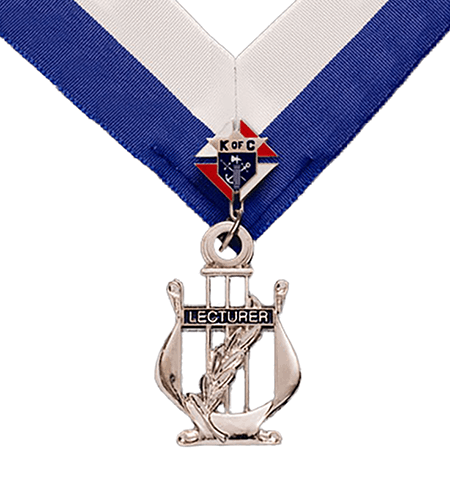
Lecturers Jewel
LECTURER — Lyre and Scroll. These are traditionally symbolic of music and literature and the arts. Hence the lecturer is in charge of entertainment.

Advocates Jewel
THE ADVOCATE — The Scroll (legal literature and law) with sword (the power to defend and enforce the law).
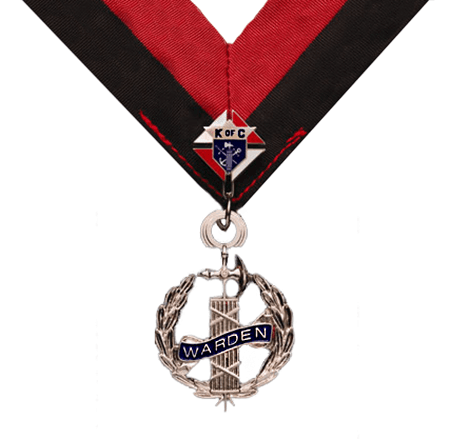
Wardens Jewel
THE WARDEN — An axe bound with rods, known as a fasces, traditionally carried by the guards or protectors of Roman magistrates as a symbol of authority. The warden, ideally, has and exercises that authority.
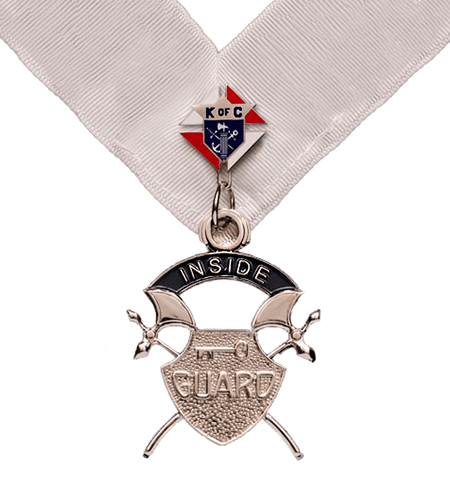
Inside Guards Jewel
THE INSIDE GUARD — Crossed Axes and Key. Key is symbolic of a guardian, secrecy and responsibility for safekeeping and admission. Axe is indicative of authority even to the point of punishment to maintain it. Originally, the axe was symbolic of power over life and death.
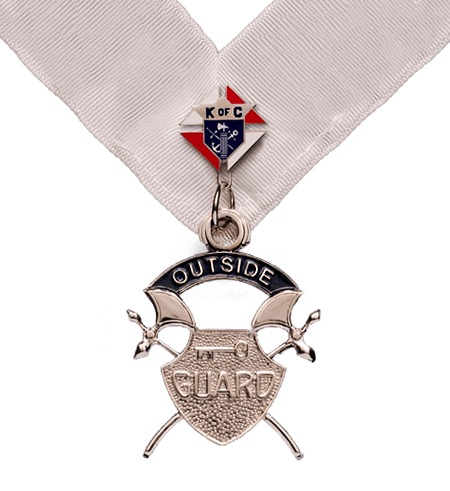
Outside Guards Jewel
THE OUTSIDE GUARD — Crossed Axes and Key. Key is symbolic of a guardian, secrecy and responsibility for safekeeping and admission. Axe is indicative of authority even to the point of punishment to maintain it. Originally, the axe was symbolic of power over life and death.
